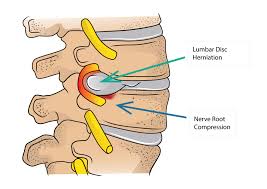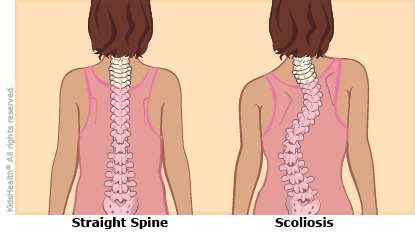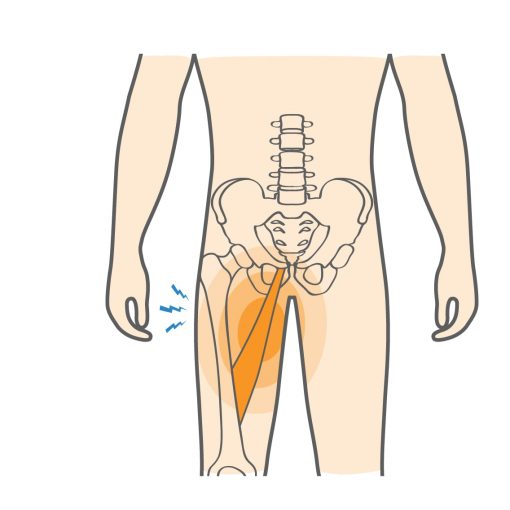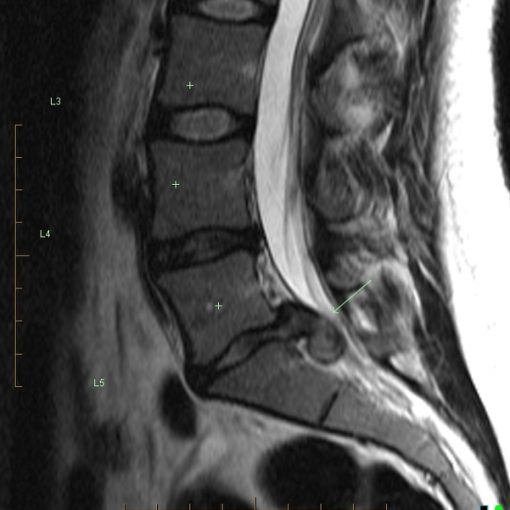One of the most common problems that patients report to us is complaining of pain and burning or sore feet. Sometimes the patient attributes these problems to the onset of high blood sugar or hyperlipidemia, but often this is not the case. We briefly describe the most common cases below.
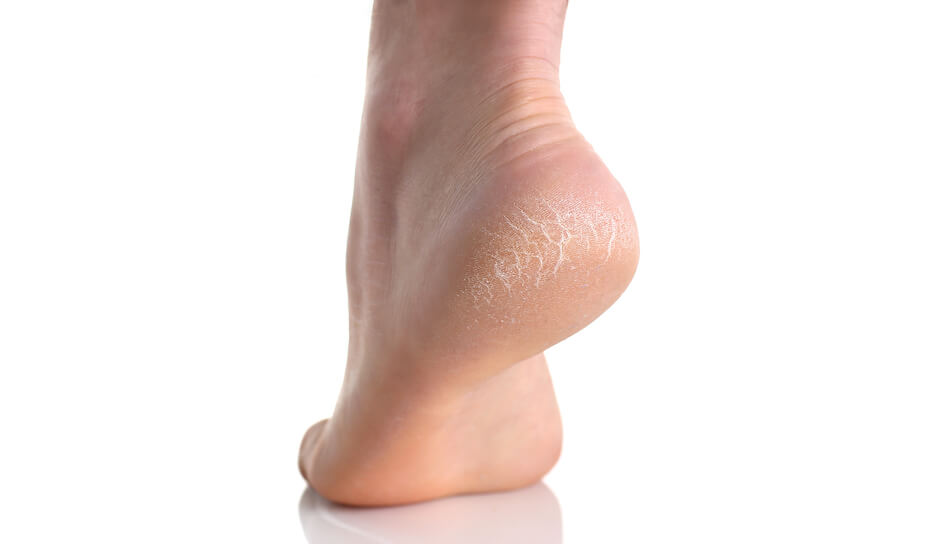
1- Heel spur: It is very common and due to inflammation of the plantar fascia and secondary calcium deposition at the junction with the bone and its location is in the heel area. Newly it is called plantar fasciitis.
2- Flat or severely arched sole: In this case, the arch of the foot is not suitable, which often has genetic causes and causes pressure on the elements of muscle, joint, and tendons that causes pain.
3 – Morton’s neuroma: often occurs in the front of the foot in such a way that at the end of a nerve, a skein is created that is very sensitive to pressure and causes pain and discomfort, especially during activity.
4 – Marsh fracture: A type of stress fracture in the metatarsal bones of the sole of the foot, which is caused by constant or severe pressure on the foot and is very similar to Morton’s neuroma.
5 – Corns: It is found in different parts of the sole of the foot and is caused by the virus invading the skin of the sole of the foot due to local transmission from the environment.
6- Bunion: It is often formed in areas of high pressure on the sole or side of the foot and shows as a firm area on the skin.
7- Diabetic neuropathy: occurs in people who have a history of many years of Diabetes and due to the destruction of nerve fibers in the sole of the foot, leads to burning, cold sensation, tingling or paresthesia and numbness and even the feeling of a foreign body in the floor. It is often diagnosed with an Electrodiagnostic study.
8- Radiculopathy and lumbar discopathy: Pressure on the lower lumbar roots causes symptoms of nerve involvement such as pain, burning, numbness and… in the sole of the foot. Diagnosis of this can be made with an Electrodiagnostic study.
9- Tarsal tunnel syndrome: It is caused by local nerve involvement in the ankle and the person suffers from symptoms of burning and numbness in the sole of the foot and can be diagnosed with an Electrodiagnostic study.
10- Vascular problems: In certain cases of rheumatic diseases, vasculitis, vascular diseases or similar cases, the blood supply to the sole of the foot can be disrupted and cause ischemia and pain in the sole of the foot.
11- Other musculoskeletal problems: Spectrums of fractures, dislocations, abrasions, inflammation or stretching of the tendon, some rheumatism, improper shoes and local masses can cause pain and discomfort in the sole of the foot.
To see exercises that are proper for the musculoskeletal problems, install Rehabex App from here.
Prepared by Rehabex team.

